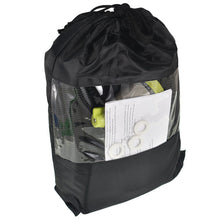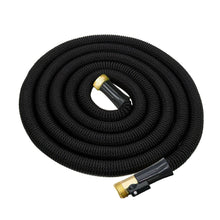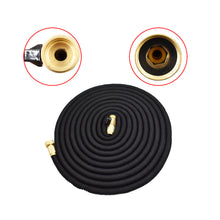News
Gallon Pot Plant Transplants: More Growing Space for Your Green Pals
We usually grow plants in gallon pots. Growing plants indoors is a delightful activity. Whether it's to beautify your indoor space or to enjoy the connection with nature. However, over time, plant roots become crowded. At this point, transplanting plants into larger gallon pots is a wise choice.

How can I tell if a plant needs to be transplanted?
Observe the size of the plant: Evaluate the size of the plant, including height and width. Usually, the diameter of a potted plant should be chosen to be half to twice the size of the plant. This will give the plant enough room to grow and develop.
Check the root system:
Observe the condition of the plant's root system. If the root system has filled the current container and is beginning to tangle or coil, then the plant needs a larger pot. An overcrowded root system may limit the plant's growth and healthy development.
Consider the plant's growth habit:
Different plants have different growth habits. Some plants have more developed root systems and need larger pots to meet their growth needs, while others are better adapted to smaller containers. Knowing the growth habits and root system characteristics of plants can help you choose the right size pot.
Consider the plant's life cycle:
Some plants require different sizes of pots at different stages of growth. For example, young plants may need smaller pots to promote root development, while mature plants need larger pots to provide more room for growth. Choose the right pot size based on the plant's life cycle.

Tips for transplanting plants
Transplanting plants will give them more room to grow and help the root system develop healthily. And provide better conditions for the plants to grow and reproduce. Here are some key steps and tips to help you carry out the transplanting process of gallon pot plants smoothly.
Choose the right time:
The best time to transplant is in the spring or fall. This is when the plants are in their peak growing season and are better able to adapt to their new environment. Avoid transplanting plants in extremely hot or cold weather to avoid additional stress to the plants.
Prepare new gallon pots:
Choose a gallon pot that is the right size for the plant's root system and make sure there are sufficient drainage holes in the bottom of the pot. Choose a suitable potting soil or soil mix to provide proper nutrients and drainage.
Water in advance:
Water the roots of the plant well in advance of transplanting to keep the roots moist. This helps reduce the stress of the transplanting process on the plant and helps the roots to be more easily removed from the original container.
Transplant carefully:
Gently remove the plant from the original container. You can tap the side walls of the container to help loosen the plant's roots. If the roots are tightly entangled, you can gently loosen some of the roots. Place the plant in a new gallon pot, making sure the root neck is below the soil surface and filling in any surrounding gaps.
Maintain proper care:
After transplanting, give the plant a moderate amount of water and place it in proper light conditions. Observe the health of the plant. If you notice wilted leaves or other abnormalities, you may need to adjust the care environment of the plant. For example, adjust factors such as light, moisture and temperature. Check soil moisture regularly and follow a proper watering schedule. to keep the soil moist but not overly wet. Also, watch for plants that need additional fertilizer supply and fertilize appropriately as needed.

Avoid excessive disturbance:
For a period of time after transplanting, plants may go through some adaptation period. Therefore avoid disturbing the plants excessively and reduce the frequency of moving or turning the containers. Allow sufficient time for the plants to adapt to the new growing environment.
Monitor the health of the plants:
Keep a close eye on the health of the plants for a few weeks after transplanting. Observe whether the new growth is healthy and whether the root system has adapted to the new container. If you notice any abnormalities, such as yellowing, wilting or stagnant growth of the leaves, promptly take appropriate measures, such as adjusting the light, water or fertilizer supply.
By providing your green companions with more room to grow, you will be providing them with better growing conditions and living environments. Transplanting plants into gallon pots will not only promote a healthy root system, but also create better conditions for the plants to grow and flourish. Remember to give your plants proper attention and care so they can thrive in their new containers and bring more greenery and life to your indoor space.
Transplanting plants is an exciting and fun process and an opportunity to bond with and care for them. By transplanting and caring for them correctly, you will provide your green companions with a larger space to grow. While also creating a pleasant and healthy indoor environment for yourself. May your transplanting process go well and your plants thrive!



















